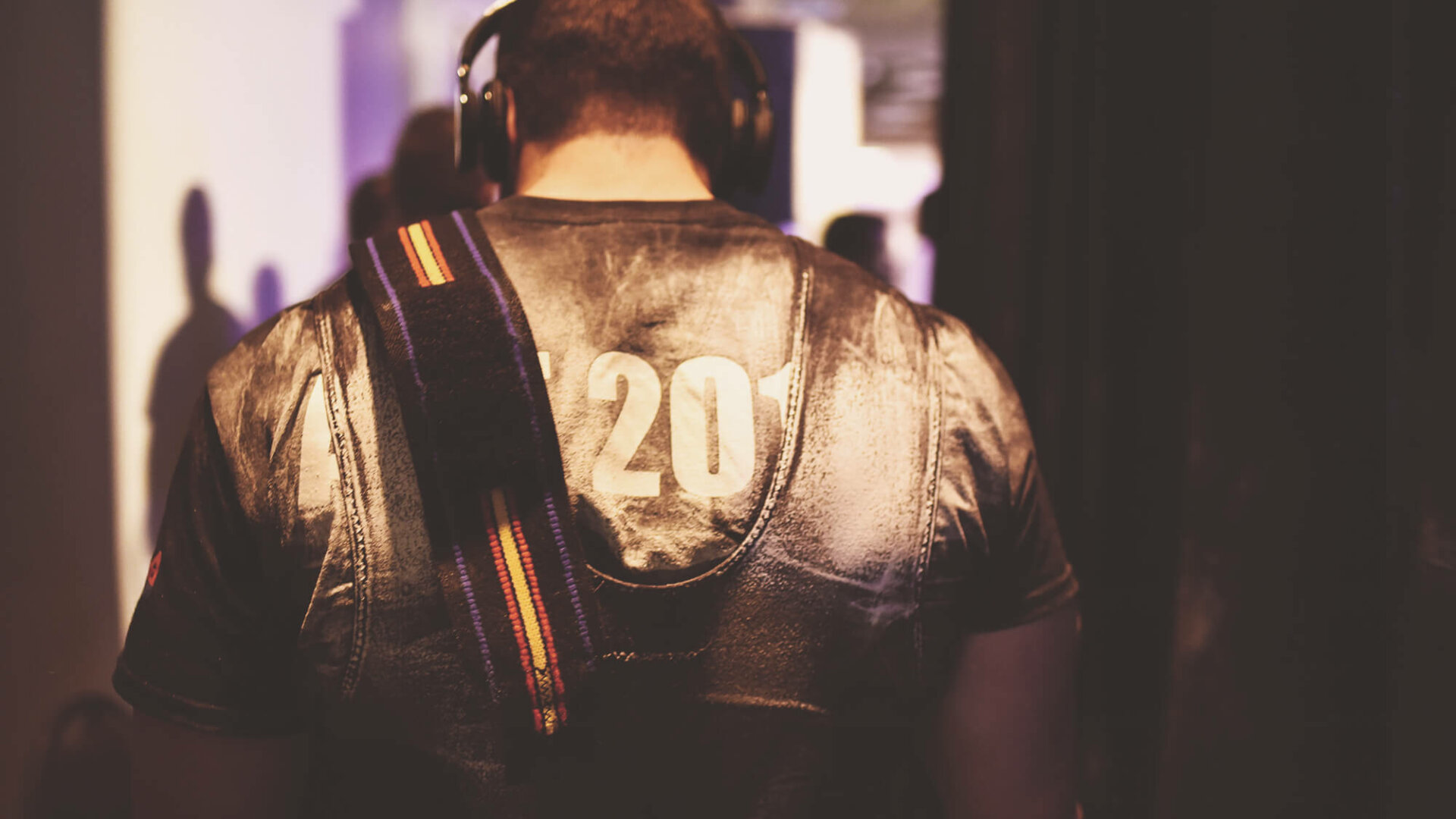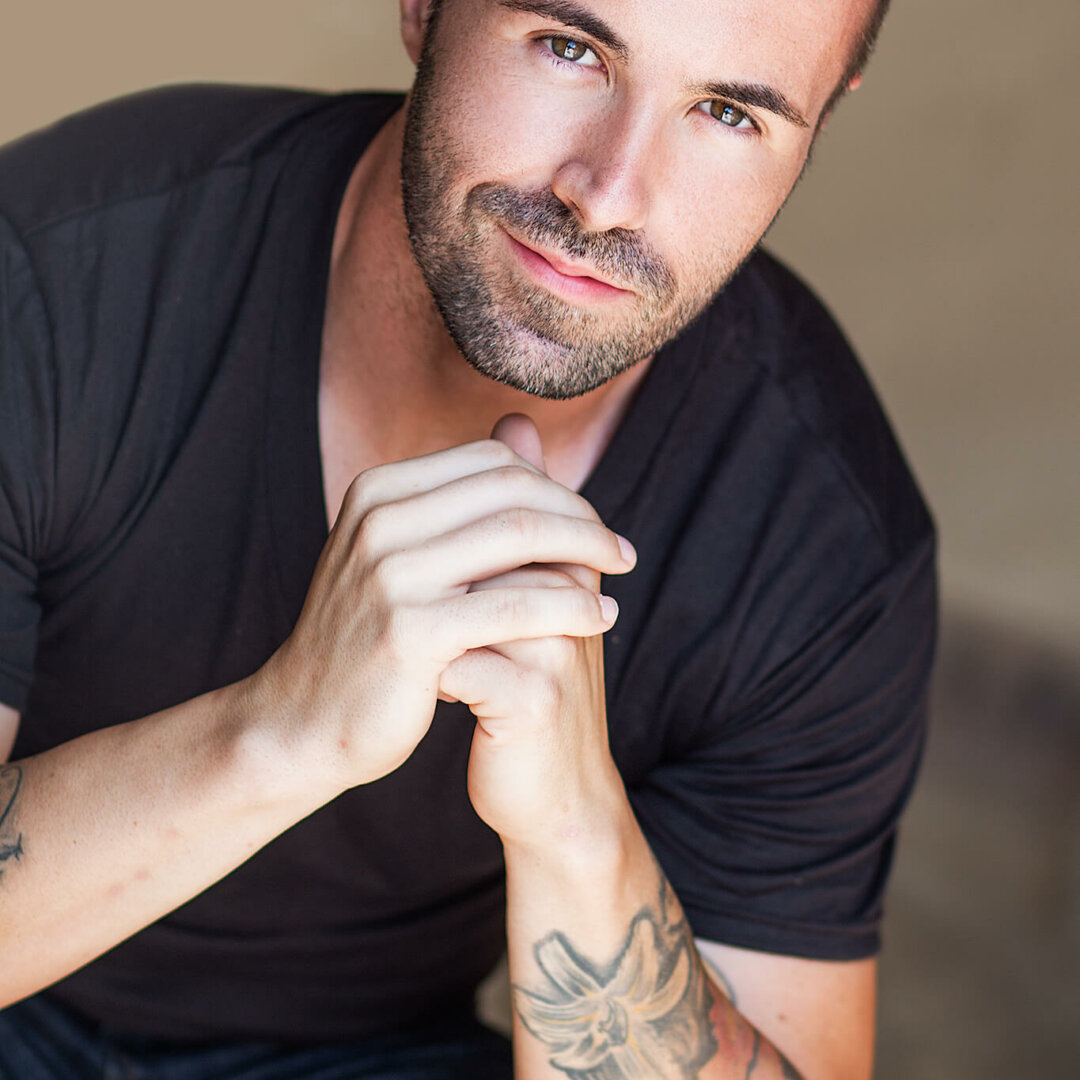If you compete in powerlifting, or your goal is to get stronger in your compound lifts, it’s easy to think about your training as a string of short-term goals. “I need to raise my bench,” “My deadlift is lagging,” and so on. And when it is time to compete, this type of thinking is indeed necessary. But if you want to go at it for a long time, it’s even more essential to take a look at your training in the long term. This means planning out your foci months or even years in advance.There are more than two ways to go about this, but I am going to lay out two different ideas for you. I will detail the pros and cons of each.
Option One
Specificity is king. I have mentioned this several times before, but it bears repeating. In this option, your training year is going to be focused on competing. With this scenario, you can pick one to four meets in which to compete in a given year. You can even do more than that if you’re a masochist.
What does this mean? Well, if you choose this route, it’s a hard road. You have to be specific in your training, and this means a prioritized focus on the Squat, Bench, and Deadlift. This doesn’t mean that you can’t do anything else, though. It just means that anything else you do needs to add points to your scoreboard.
As far as accessory exercises, they need to work the areas that are helping your big lifts go up. So in the event that you train and you can’t or won’t practice the big three, movements like the reverse hyper, good mornings, incline benching, become more important when you can’t train the big three.
Second, this means you’re going to be training at a high intensity for a good portion of the time. And with this high intensity, and hyper focus on the same motions day in and day out, it will take a toll on your tissue. Best case scenario is you need more time to recover. Worst case scenario is you get injured.
The second half of this option—Option 1B we can call it—is to take the year after your year of competing and focus on the important stuff. In the latter portion of this option, specificity takes a back seat, but it isn’t out of the question altogether. In this phase, there is a certain hierarchy for your focus. It looks something like this:
- Weak Points— Assess your weaknesses and train them. Take a look at your muscular imbalances, any areas with poor movement quality, or even a lagging lift and fix it. Add more mobility work, see an ART specialist, train movements not specific to competition, or whatever you need to do regain your movement quality.
- Gain Muscle/Lose fat—Depending on your goals, you might want to move up or down to a particular weight class. Taking the year off from competing affords you to adjust your diet, and will allow you to add more volume, density, and variety to your workouts.
- Maintenance of the lifts— After a year of training the motor patterns of your main lifts, you won’t need to do them as much during your scheduled off-season. But when you do them, this is the time to add more volume to them in lieu of focusing on the number of plates increasing. You want to perform them just enough to stay competent in them while improving overall movement quality. To that end, targeting your mobility to help the main movements get better is also essential here.
At the end of the second year, you can start tapering off again. In this taper, you’ll be going from general to specific with the intent to compete again.
Option Two
Option one was an approached that looked at the macrocycle of training. In this second approach, we break down the focus of the macrocycle into smaller mesocycles and microcycles. In this way, you can focus on both movement quality and on specificity.
Vladimir Zatsiorsky, in The Science and Practice of Strength Training, notes that within a given macrocycle (which he defines as a period of training of a few months) programming variables have to change in order for you to progress as an athlete. So based on that, if you wanted to compete twice in a year, you can structure your training like this:
- Month one— address your weaknesses and work on them with less specific practice
- Month two— Ramp up the total training volume
- Month three— Up your intensity and practice the specific lifts as often as you can
After that, you compete, deload, then start over again.
This method is excellent and traditional, and it works. If you have a good coach, they can fine tune all these elements to fit your physiological needs. However, if you do not have a coach, this method might be a bit much. On the one hand, when you do your own programming these variables within each cycle are a lot for you to keep track of. So tracking your training is the most important thing you can do. After all, you want to add points to your metaphorical scoreboard even if you don’t have a coach.
Conclusion
Each option has their associated benefits. If competing isn’t your life but you enjoy it, option one might be for you. Moreover, option one is great if you have a job with a hectic schedule, odd working hours, and anything else that might cause you to miss a day or two of training here and there. The associated cost is the stress it puts on your body when dealing with high loads.
Option two is good if you have a coach and the means to follow a more structured training approach. It isn’t impossible without a coach, but many of us are prone to hop from one program to another without staying the course, and this happens to both new and old trainees alike.
So take a look at your life, your goals, and your current plans and see which works best for you.




